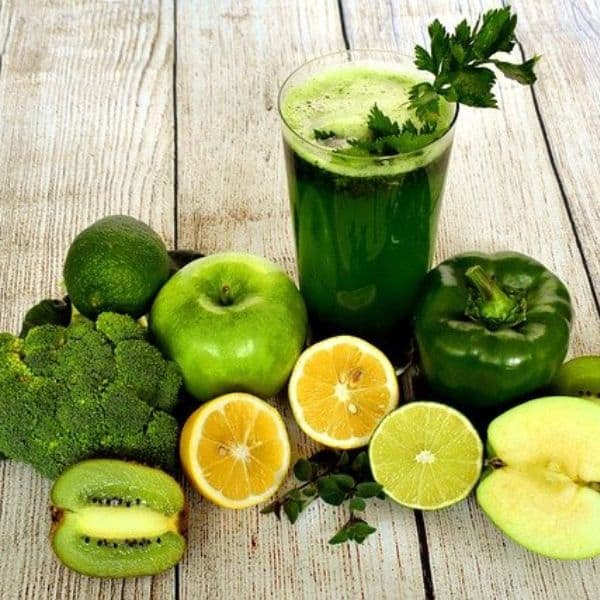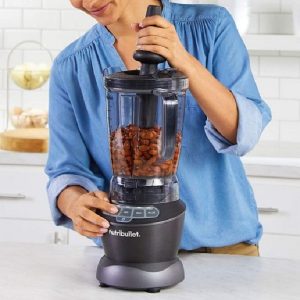Is Foam Good or Bad On My Smoothie?
Wondering why is my smoothie foamy. Green smoothie foam on top of a beverage is definitely intriguing and out of the ordinary, but how does it affect your health? Well, some experts say that foam in beverages can actually carry toxins from drink containers to your body. This is especially concerning for those using Styrofoam cups and low-quality pitchers with plastic linings.
Additionally, there’s been research about the amount of air ingested when drinking foam – some studies say this could result in bloating or even palpitations due to sudden changes in the stomach.
On the other hand, if you’re using quality materials to make your smoothies such as Blendtec Total blender, then frothy foam isn’t as big of a concern.
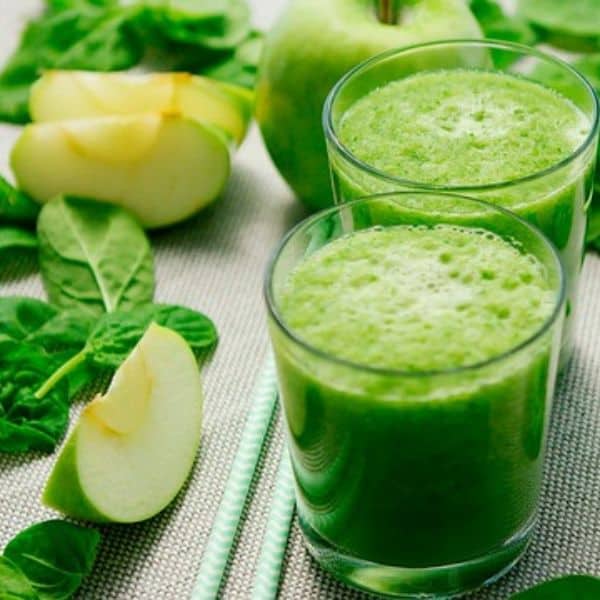
Potential Causes Of Foamy Smoothies?
Wondering why does my smoothie get foamy? In the food world today, smoothies without sugar or with sugar are a trendy and delicious way to enjoy a variety of fruits and vegetables. While many consider their smoothie recipes near perfection, sometimes things don’t go as planned. One common issue is when your smoothie ends up with too much foam. Foamy smoothies can be caused by a few different factors.
Temperature
Temperature plays an important role in creating smoothie foamy; blending frozen ingredients or blending ingredients that have sat out at room temperature for too long can produce unwanted bubbles. Also, stirring ingredients while they blend can disturb the air bubbles and create an unpleasant texture.
Too Much Liquid
Additionally, adding too much liquid to a blend can cause a foamy smoothie; if you’re looking for something thicker ensure that you measure out the right amount of liquid so you don’t end up with more foam than you bargained for!
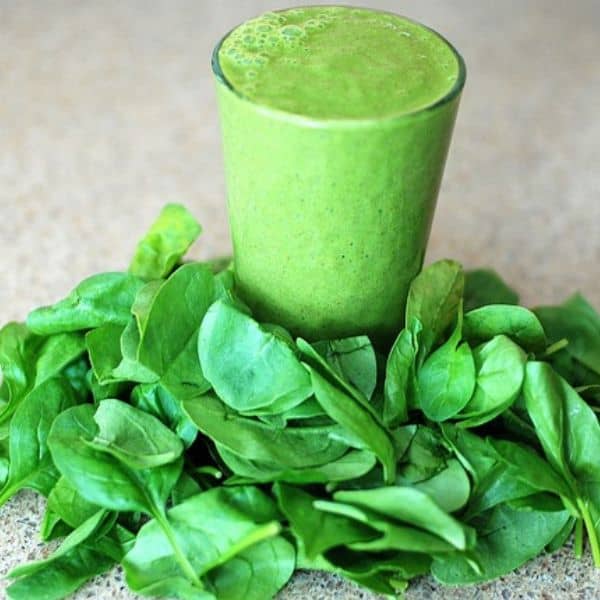
Too Much Ice
The same goes for ice–too much ice in combination with liquid can be disastrous!
Food With Higher Amounts of Insoluble Fiber
Food with insoluble fiber like psyllium husk or chia seeds can create a foamy texture due to their high water absorption rate. If using these ingredients in your smoothie, make sure to reduce the amount of liquid you add accordingly.
How To Prevent Foam On a Smoothie When Blending?
Why is my smoothie so foamy? Luckily, there are a few simple tips you can follow to ensure that your green smoothie cup is free from foamy bubbles.
Use Chilled Ingredients
Make sure to use chill ingredients like the frozen fruit you are blending before adding them to the blender. This will help reduce the amount of air bubbles that form during the blending process.
Measure Liquid Amounts
Also, make sure that you accurately measure out liquid amounts. Too much liquid can cause foaming, so be mindful of how much liquid you are adding to your smoothie.
Blend Slowly
Be sure to blend your smoothie on a low setting. Using green smoothies blender at a high speed can cause air bubbles to form, resulting in an unpleasant texture. In addition, to create a creamy texture, you can add nut butter or coconut oil to your smoothie.

Tips & Tricks To Remove Foam On a Smoothie:
There are different methods to remove the foam on a smoothie such as:
Mix Manually
You can manually mix the smoothie with a spoon or whisk, which helps to break up any bubbles that have formed.
Add Milk
Adding 1-2 tablespoons of dairy milk or nondairy milk can help reduce the amount of foam on top of your smoothie.
Ice Cubes
If you’re wanting something thicker and creamier, adding a few ice cubes to your smoothie can help reduce the foaminess.
Filter Your Smoothie
If all else fails, you can always filter your smoothie through a fine-mesh strainer. This will help to reduce the amount of air bubbles that are present in the blend.
Scoop Your Smoothie
Another method is to scoop out the foam with a spoon and discard it.
Ultimately, having too much foam on your smoothie can be an annoying problem, but it’s also fixable! By following these simple tips and tricks, you can prevent yourself from dealing with foamy smoothies in the future.
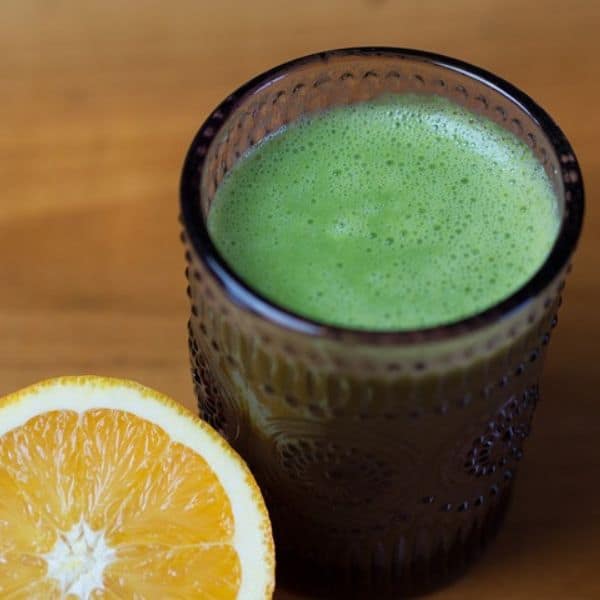
What Fruits & Vegetables Don’t Create Foam On Smoothies?
Soluble fiber fruits, vegetables, and greens, such as bananas, mangoes, spinach, and kale generally don’t create foam in smoothies. This is because they are easy to break down and don’t contain insoluble fiber or large amounts of air that can cause foaming. If you’re looking for a foam-free smoothie experience every time, sticking with these ingredients is your best bet!
In addition, apples, peaches, and leafy greens are the biggest culprits for creating foamy smoothies – mostly due to their high water content. Cantaloupes, melons, and pineapples also have high levels of liquid in them, which can cause extra froth while blending.
If you want to keep the foam at bay, sticking to firmer fruits like apples and berries is your best bet. Additionally, most vegetables won’t contribute any extra foam when it comes time to blend. Carrots, kale, and spinach work well in smoothies because they don’t bring too much added liquid with them. Smoothies don’t need tons of excess foam in order to taste good – just be sure not to pack your blender with ingredients that are too watery!
Does Foam Affect The Taste Of Leftover Smoothie?
Certain ingredients can affect the taste and texture of a smoothie after it has been sitting out or refrigerated for some time. Foam does not ultimately affect taste if sourced from fruits; however, its texture can add another dimension to the overall sensory experience.
Ultimately, what really affects the taste is bacteria growth from oxygen exposure: if you don’t want spoiled-tasting leftovers, store the smoothie immediately after making it in an airtight container to help prevent oxidation.
Conclusion
In conclusion, foamy smoothies can be caused by a variety of factors, such as incorrect temperatures, using fruits and vegetables with higher amounts of insoluble fiber, or the addition of too many ingredients. However, with the right techniques and recipes, you can ensure that your smoothie is free from unwanted foam every time.
